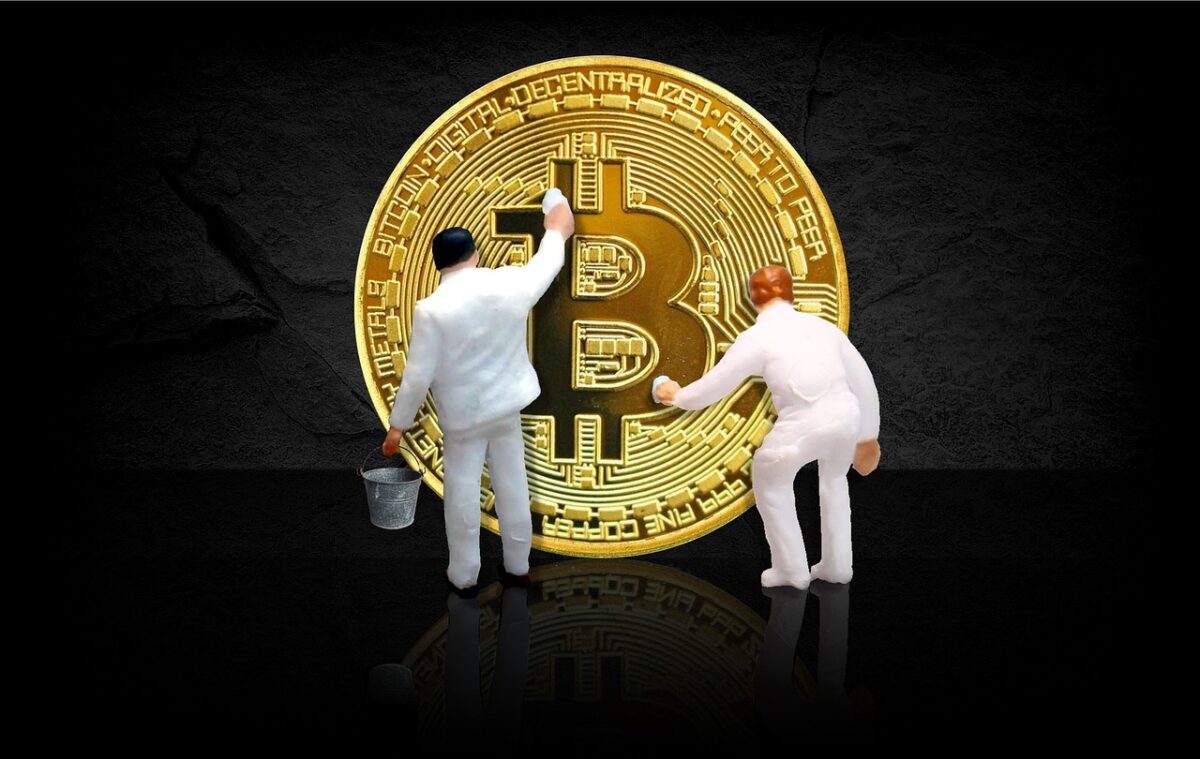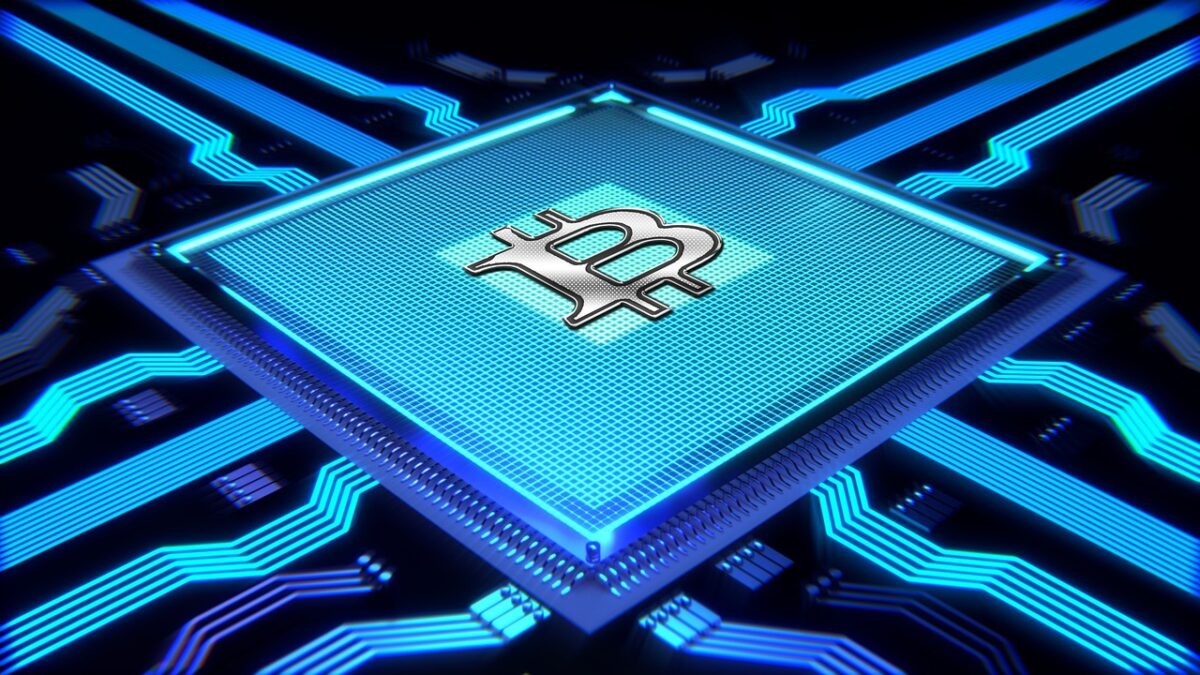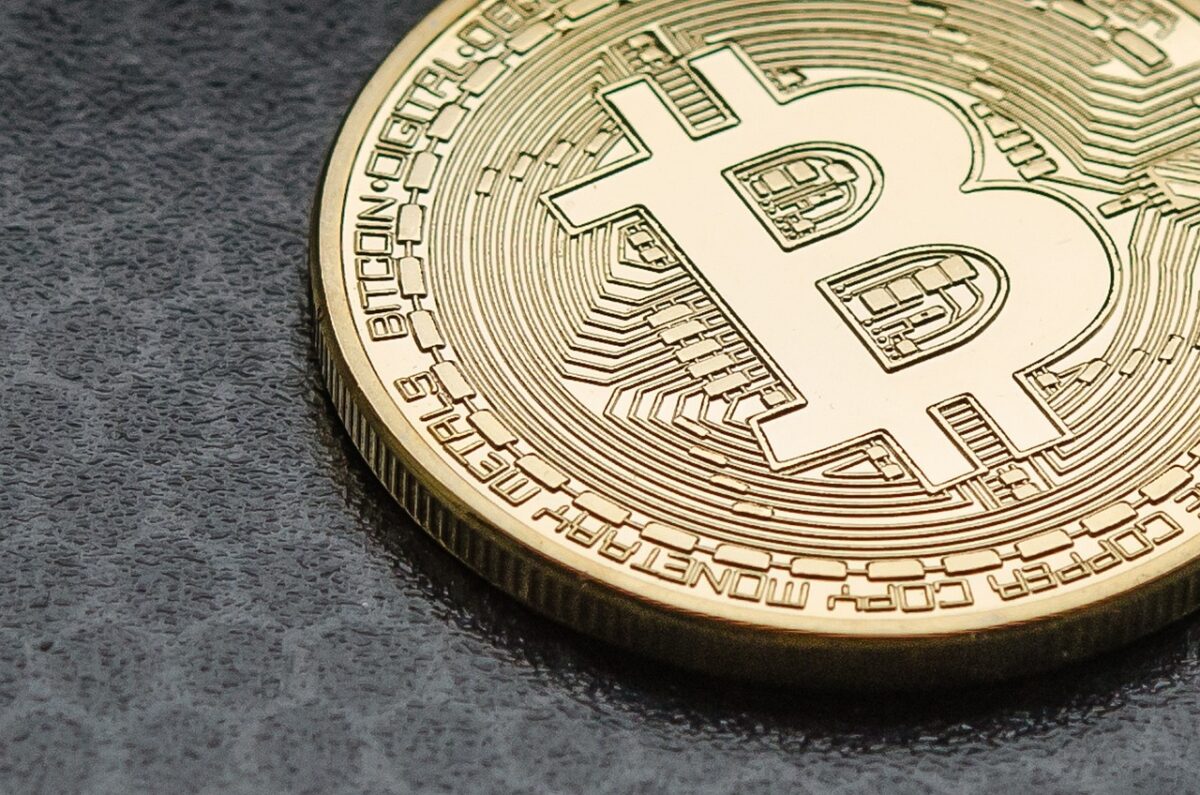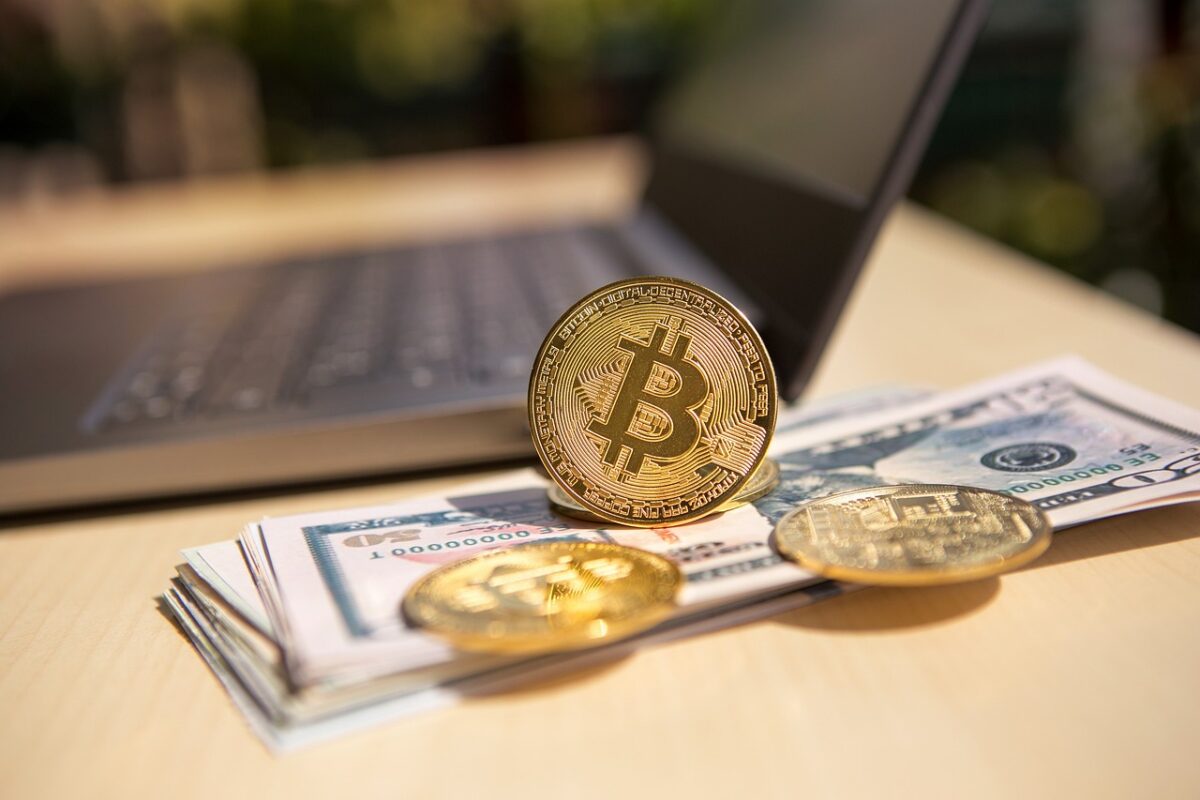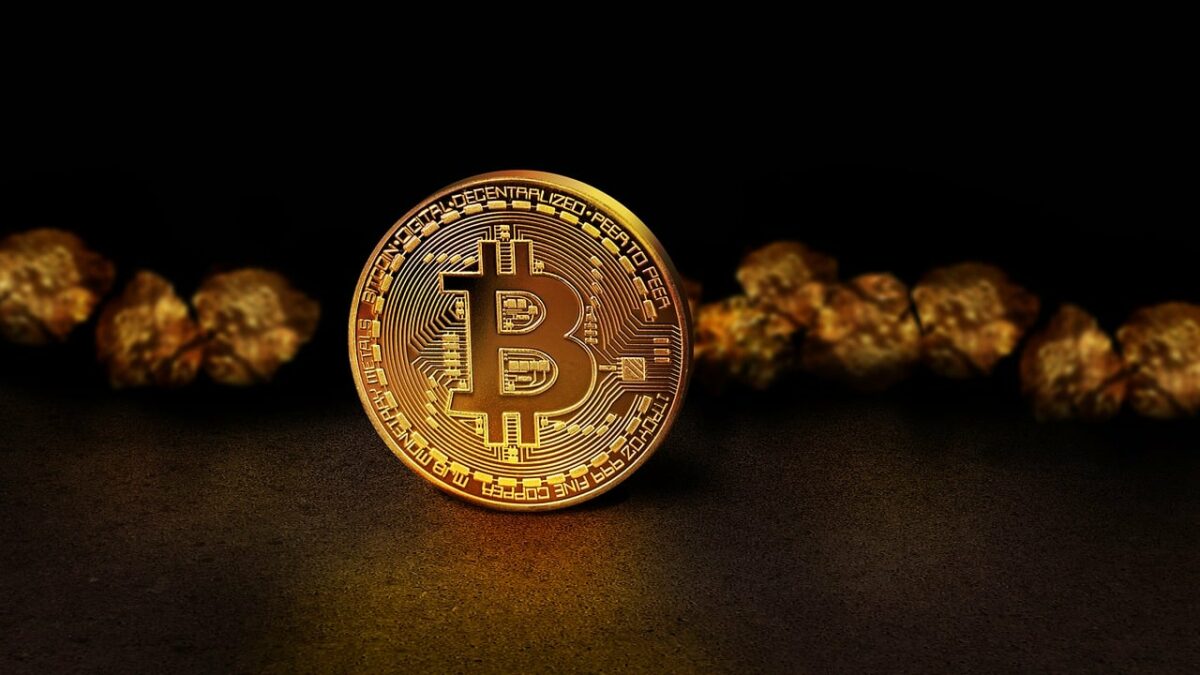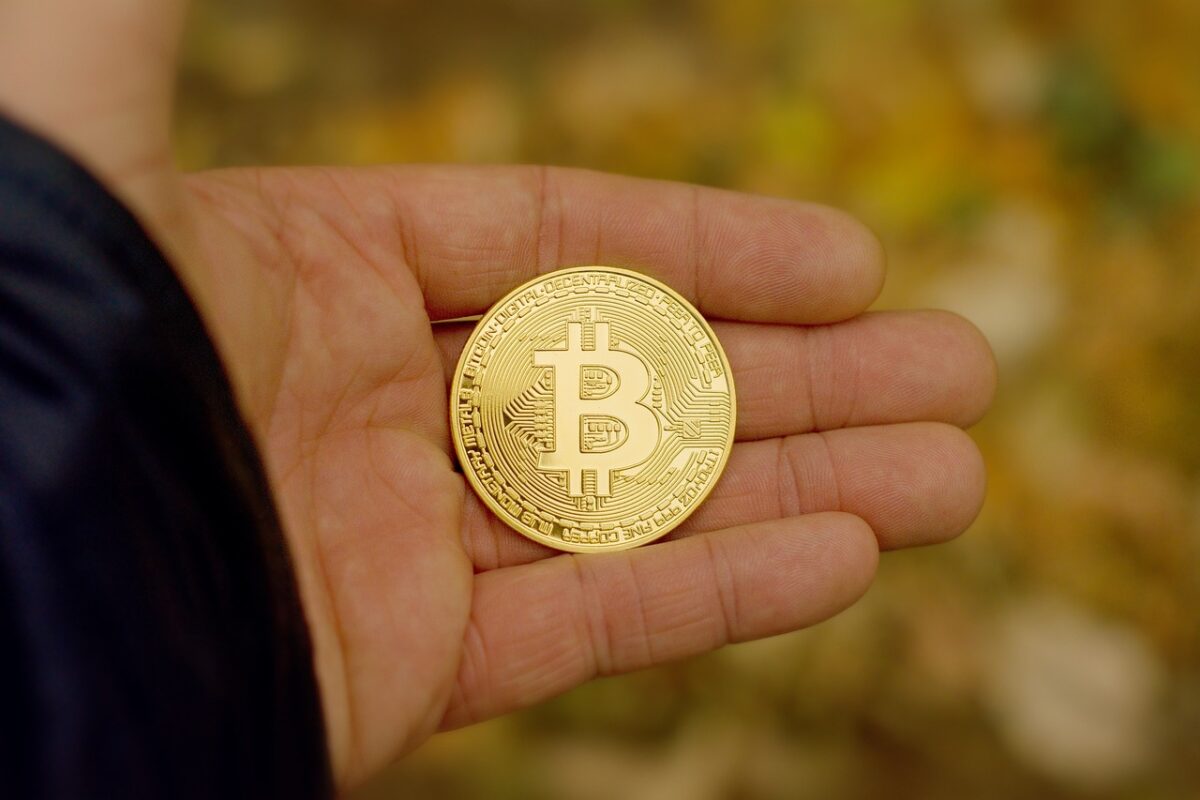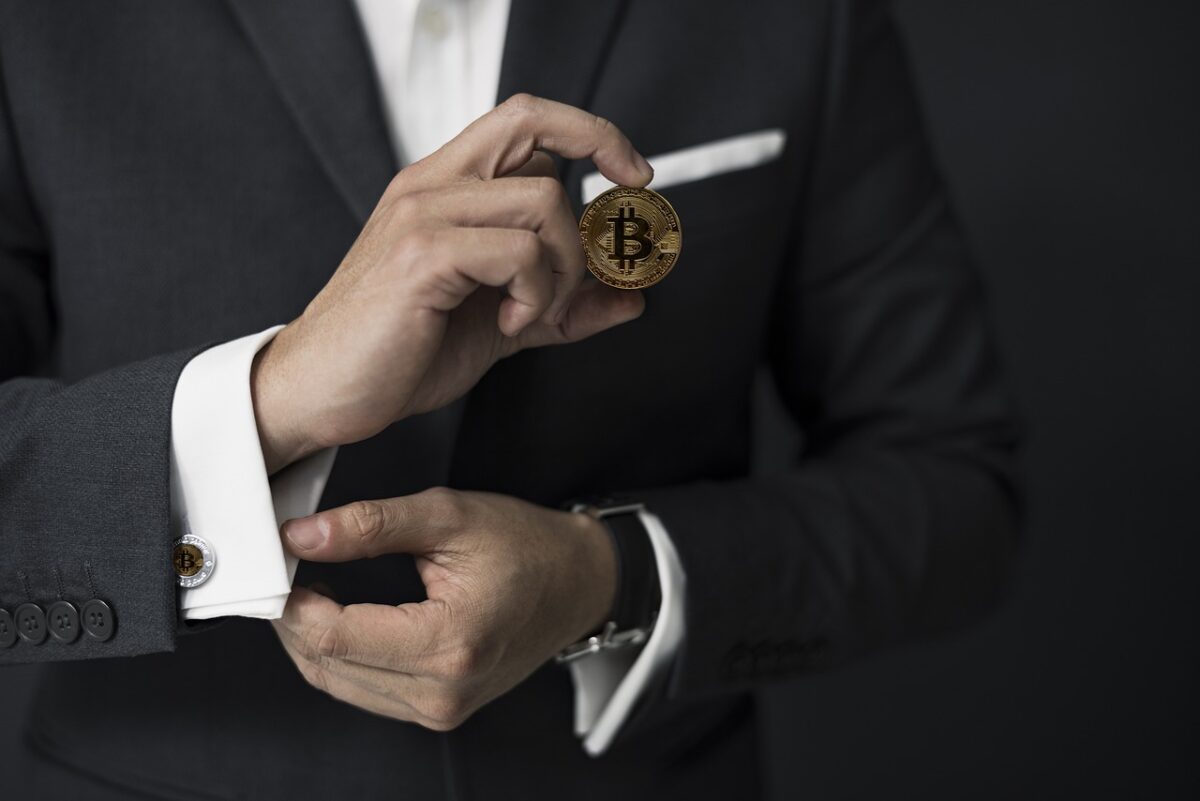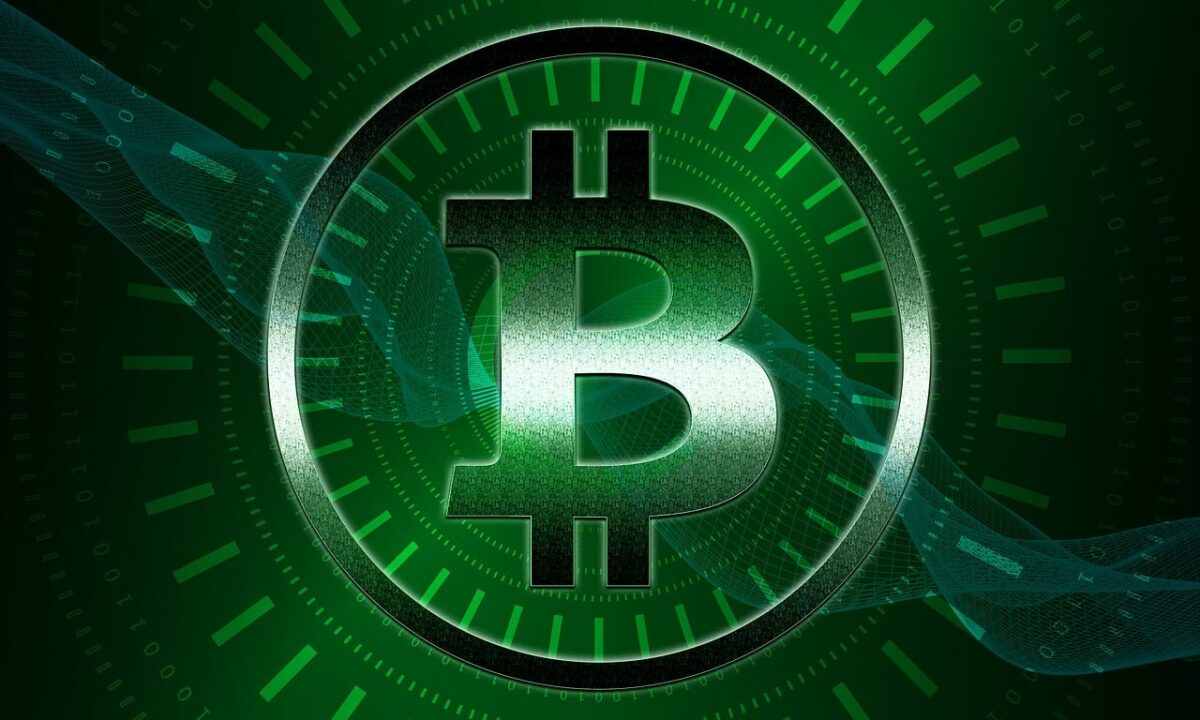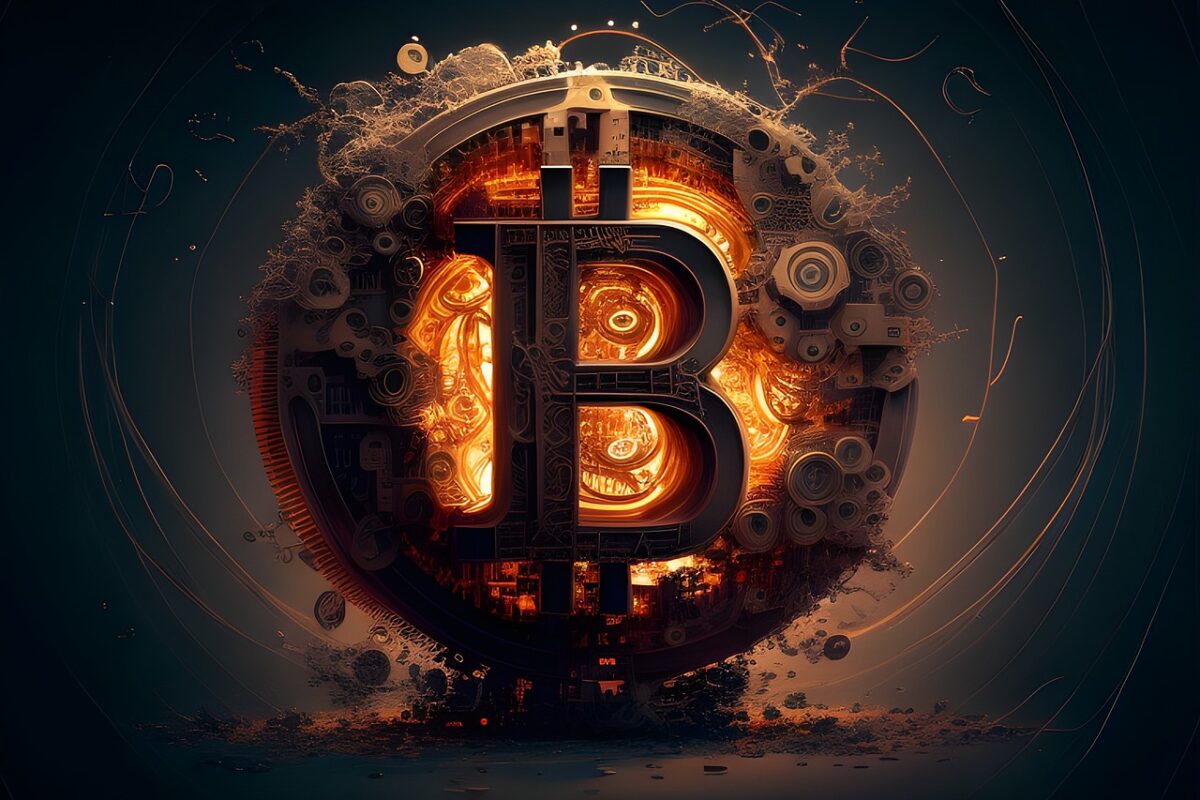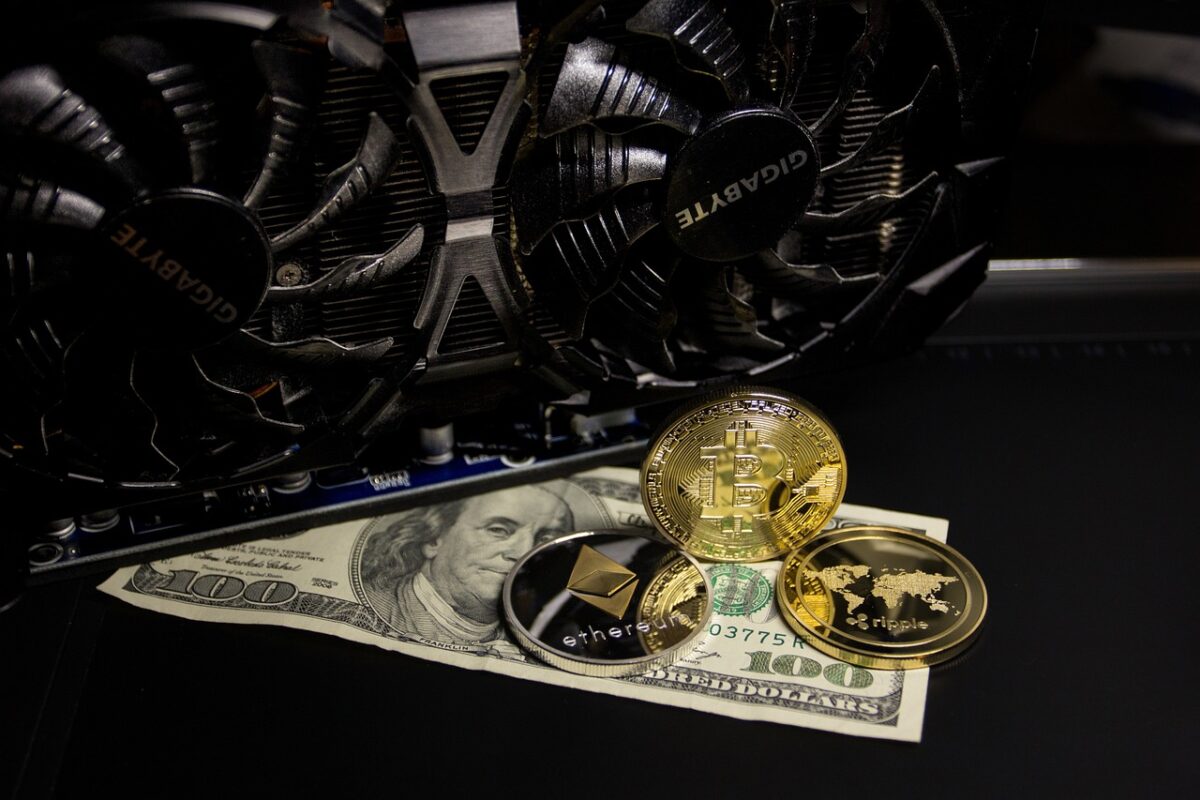Bitcoin is a digital currency that was created in 2009 by an unknown individual or group using the name Satoshi Nakamoto. Unlike traditional currencies, Bitcoin is decentralized, meaning it is not controlled by a single entity like a government or financial institution. Instead, Bitcoin transactions are verified by network nodes through cryptography and recorded on a public ledger called a blockchain.
One of the ways to acquire Bitcoin is through mining. Mining is the process of adding new transactions to the blockchain and verifying them. In exchange for this work, miners are rewarded with new Bitcoin.
To understand how mining works, it’s important to first understand how the blockchain works. The blockchain is a public ledger that records every Bitcoin transaction that has ever occurred. The ledger is maintained by a network of nodes, which are essentially computers that are connected to the Bitcoin network.
Each time a new transaction is made, it is broadcast to the network of nodes. The nodes then compete to verify the transaction by solving a complex mathematical puzzle. The first node to solve the puzzle and verify the transaction is rewarded with new Bitcoin.
The mathematical puzzle that the nodes must solve is called a hash function. A hash function takes an input (in this case, a Bitcoin transaction) and produces a fixed-length output, called a hash. The hash is unique to the input, meaning that if you change even a single character in the input, the hash will be completely different.
The hash function used in Bitcoin mining is called SHA-256. It is a very complex function that requires a lot of computational power to solve. This is where miners come in.
Miners are individuals or companies that use specialized computers to solve the hash function and verify transactions. These computers are called mining rigs and are specifically designed to perform the complex calculations required for mining Bitcoin.
Mining rigs are made up of multiple GPUs or ASICs (Application-Specific Integrated Circuits) that work together to solve the hash function. The more GPUs or ASICs a mining rig has, the more computational power it has and the higher its chances of solving the puzzle and verifying the transaction.
Once a miner successfully verifies a transaction, the new block is added to the blockchain and the miner is rewarded with new Bitcoin. The current reward for mining a new block is 6.25 Bitcoin, although this reward is halved every 210,000 blocks as part of Bitcoin’s monetary policy.
Mining Bitcoin is not an easy task. It requires a significant amount of computational power, which means that it can be expensive to get started. Additionally, as more miners join the network, the difficulty of mining increases, making it even harder to solve the hash function and earn Bitcoin.
Despite these challenges, mining remains an important part of the Bitcoin network. It helps to verify transactions and maintain the integrity of the blockchain while providing an incentive for miners to participate in the network.
In conclusion, mining Bitcoin is the process of adding new transactions to the blockchain and verifying them. It requires specialized computers and significant computational power to solve the complex hash function used in Bitcoin mining. Miners are rewarded with new Bitcoin for their work, making mining an important part of the Bitcoin network.

